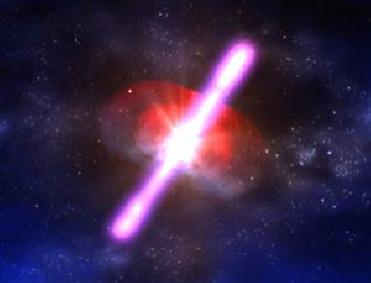
A gamma ray burst. NASA Photo
WASHINGTON (BNS): Astronomers have discovered the most distant object in the universe - a self-destructing star that exploded 13.1 billion light years from Earth - around the end of the cosmic “dark ages” when the first stars and galaxies were lighting up space.
The object is a gamma-ray burst (GRB) - the brightest type of stellar explosion. Astronomers said the burst occurred 640 million years after the Big Bang. NASA's Swift satellite on Thursday spotted the star. It was dubbed GRB 090423 for the date of its discovery, according to the New Scientist.
“GRBs occur when massive, spinning stars collapse to form black holes and spew out jets of gas at nearly the speed of light. These jets send gamma rays our way, along with "afterglows" at other wavelengths, which are produced when the jet heats up surrounding gas,” astronomers said.
The astronomers within an hour began training ground-based telescopes on the same patch of sky to study the burst's infrared afterglow. Some of the first observations were made on Mauna Kea in Hawaii with the United Kingdom Infrared Telescope and the Gemini North telescope, it said.
Studies from other telescopes which measured the spectrum of the afterglow revealed that the burst detonated about 13.1 billion light years from Earth.
"It's the most distance gamma-ray burst, but it's also the most distant object in the universe overall," said Edo berger of the Harvard-Smithsonian Center for Astrophysics, a member of the team that observed the afterglow with Gemini North.
The burst's immense distance makes the now-dead star the earliest object to be discovered from an era called 'reionisation', which occurred within the first billion years after the big bang, said Joshua Bloom, who observed the afterglow using the Gemini South telescope in Chile.
"For astronomy, this is a watershed event, he said, adding, “This is the beginning of the study of the universe as it was before most of the structure that we know about today came into being."
If astronomers can find more gamma-ray bursts at even greater distances, they could use their spectra to determine how quickly the universe became transparent and what was responsible for the process.
NASA’s Swift has found 120 bursts with measured distances, but only three – including this one – date from the first billion years of the universe's history.
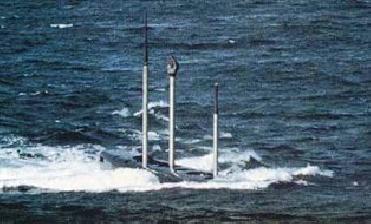 Previous Article
Previous Article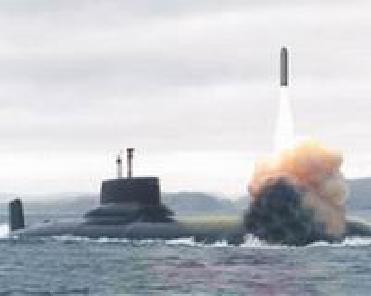 Next Article
Next Article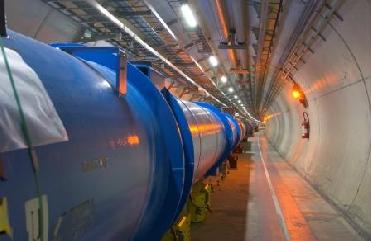
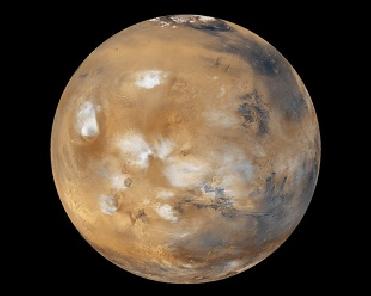











The Indian Air Force, in its flight trials evaluation report submitted before the Defence Ministry l..
view articleAn insight into the Medium Multi-Role Combat Aircraft competition...
view articleSky enthusiasts can now spot the International Space Station (ISS) commanded by Indian-American astr..
view article